calsfoundation@cals.org
Lake Dick
The area of Lake Dick, a U-shaped oxbow lake in Jefferson County, was the site of a New Deal program in agriculture during the first administration of President Franklin D. Roosevelt. The experiment involved the “resettlement” of struggling urban and farm families. How the lake got its name has been a source of speculation.
Located one mile west of Arkansas Highway 88 and four miles south of Altheimer (Jefferson County), Lake Dick was at one time the site of farmsteads for some eighty white families who had been moved into the area. In 1936, the Resettlement Administration—later to be made a part of the Farm Security Administration (FSA)—acquired 3,453 acres of farmland in Jefferson County with the twin goals of establishing a cooperative community of farmers, and assisting sharecroppers and tenant farmers to become independent landowners. The land was then leased to the newly formed Lake Dick Cooperative Association.
Twenty-five white families were originally selected for the project. Preference was given to men between the ages of twenty-five and forty who had prior farm experience and fewer than six children. Each head of household owned an equal share in the association, which conducted the farming operation and managed the association’s cooperative services, such as the general store. Members were assigned specific duties, such as cutting timber or raising livestock, and cotton was the chief crop cultivated. In 1940, the Lake Dick project had a net earning of $1,412, but by the following year this had grown to $42,137.
After the onset of World War II, appropriations to the FSA were reduced heavily, with more spending being directed toward the military. Too, many Republicans had accused the administration of Franklin D. Roosevelt of trying to “socialize the land” and “collectivize the people” through these farm communities. The Farm Security Administration was dissolved by Congress in 1943. The Lake Dick Cooperative Association was finally dissolved in 1945, and the land was sold to Ben J. Altheimer for $276,000, or less than $100 per acre. According to a report in the Pine Bluff Commercial, he proposed developing the site for use of what is now the University of Arkansas at Pine Bluff “to train Negro veterans in modern farming practices,” but nothing came of this effort.
Lake Dick was put on the National Register of Historic Places on July 3, 1975.
For additional information:
“Lake Dick.” National Register of Historic Places nomination form, 1975. On file at Arkansas Historic Preservation Program, Little Rock, Arkansas. Online at https://www.arkansasheritage.com/arkansas-historic-preservation-program (accessed December 27, 2024).
Leslie, James W. Pine Bluff and Jefferson County: A Pictorial History. Virginia Beach, VA: The Donning Company, 1981.
Wallis, Ernestine. “Lake Dick and Plum Bayou New Deal Projects in Jefferson County.” Jefferson County Historical Quarterly 41 (March 2013): 29–35.
Turner, Gladys T. “An Agrarian Socialism Project in Arkansas (1936–1944): A Report.” Confrontation/Change Review 2 (Spring 1977): 7–14, 48–51.
Bill Norman
Little Rock, Arkansas
Gladys T. Turner
Confrontation/Change Review (Dayton, Ohio)
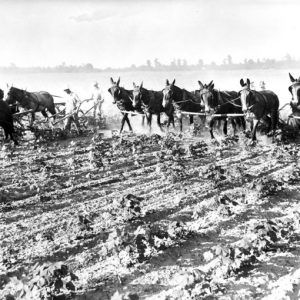 Cultivating Cotton
Cultivating Cotton 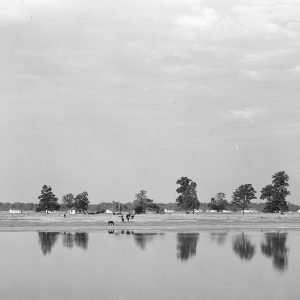 Lake Dick
Lake Dick 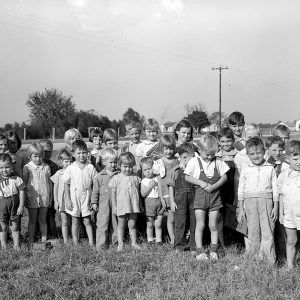 Lake Dick Children
Lake Dick Children 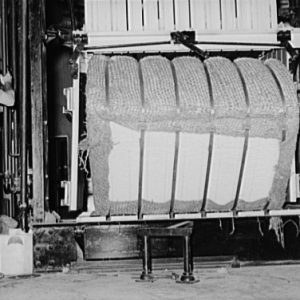 Lake Dick Cotton Baler
Lake Dick Cotton Baler 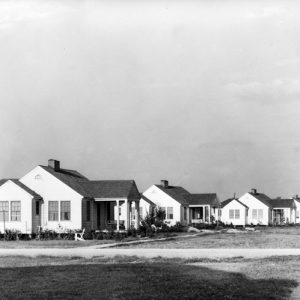 Lake Dick Housing
Lake Dick Housing  Lake Dick Kitchen
Lake Dick Kitchen 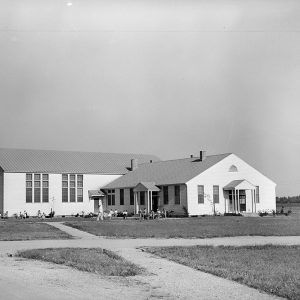 Lake Dick School and Community Center
Lake Dick School and Community Center 



Comments
No comments on this entry yet.